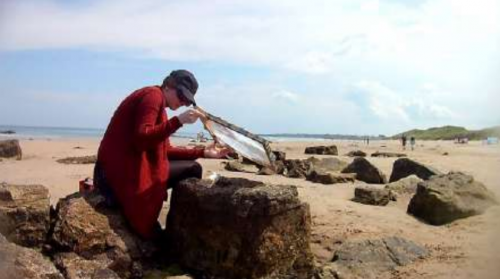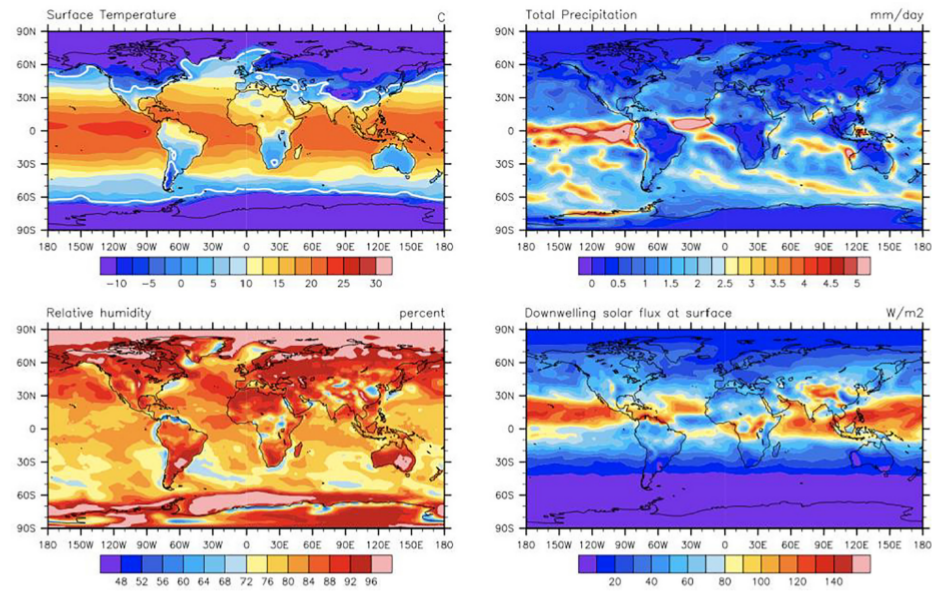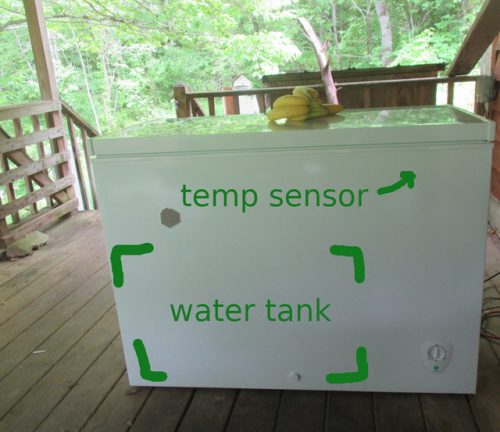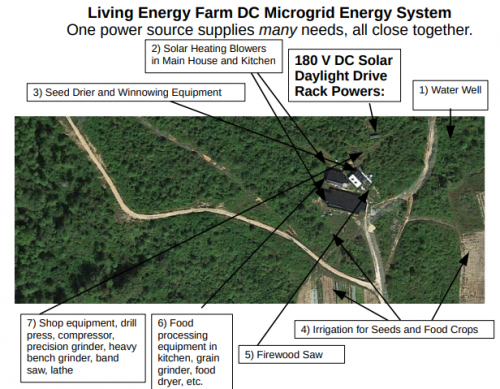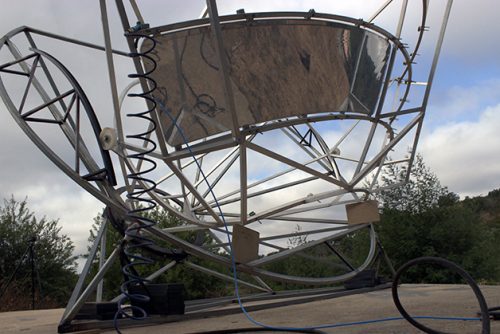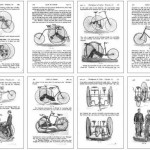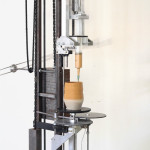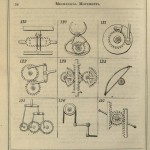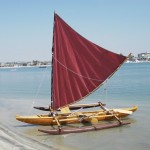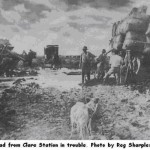“This research indicates the technical capabilities of using a 40 cm2 Fresnel lens to heat, melt and vitrify a variety of materials and suggests future applications of this technology including the ability to digitise the process. This material processing technique offers an alternative to heat matter and is significant in geographical locations with ample sunlight, offering a cost-effective option to traditional heating methods and allows directional heating, which local craftspeople can exploit to their creative advantage.” [Read more…]
Solar Powered Website: Uptime for 2020
In 2020, our solar powered website obtained an uptime of 95%, meaning that it was offline for 444 hours or 20 days. Unsurprisingly, most of the downtime is concentrated in the winter months.
The graph above (click to enlarge) shows battery storage capacity in relation to the weather in Barcelona from January to December 2020. Yellow is sunny, grey is cloudy, blue is rain. From May to November, we were online without interruption for almost 6 months.
The data were collected and visualised by Roel Roscam Abbing and David Benqué.
Scaling of Greenhouse Crop Production During Nuclear Winter
During a global catastrophe such as a nuclear winter, in which sunlight and temperatures are reduced across every latitude, to maintain global agricultural output it is necessary to grow some crops under structures. [Read more…]
Off-Grid, Solar-Powered, Zero-Battery Refrigerator
Joey Hess has designed, built and tested an off-grid, solar powered fridge, with no battery bank. Using an inexpensive chest freezer with a few modifications, the fridge retains cold overnight and through rainy periods. The set-up consists of a standard chest freezer, an added thermal mass, an inverter, and computer control. He writes: [Read more…]
“Daylight Drive” DC Solar Power at the Living Energy Farm
Reader Goran Christiansson sends us a link to Living Energy Farm, a research and community project in Virginia, USA. Most notable is their use of “Daylight Drive” DC solar power without batteries for workshop tools — reminiscent of the ideas outlined in How to run the economy on the weather. Also of note is their choice for less efficient but more durable Nickel Iron batteries for lighting. [Read more…]
Solar Concentrator with Inflatable Mirrors
We are reaching an important milestone in the Testfield: the high-precision membrane mirror that we have been working on for the last two years, is standing. A team within the technology group has designed and built a prototype solar concentrator by innovating and developing the inflatable membrane mirror technology first introduced by father and son Hans and Jürgen Kleinwächter several decades ago. The present advances are the result of a dedicated team within Tamera working in cooperation with Jürgen Kleinwächter, SunOrbit (Germany) and supporters in India and Australia.
Our prototype mirror uses 0.1mm thick reflective polymer films inflated with air pressure, over a lightweight aluminium frame, achieving high optical precision cheaply and with very low embodied energy. It has an effective optical aperture of 4m2, concentration of over 1000 times, reaching over 1000 degrees Celsius, and has applications ranging from round-the-clock cooking with storage, through ceramics, metalwork and lime burning for waterproof clay buildings, to photo-catalytic fuel production from water and CO2. Future concentrators will undoubtedly take the technology further.
Many challenges in the components and sub-systems have been overcome over the last two years. Now we will start to see how the system really functions as a whole. We have progressed from unstable wooden experiments to a simple, lightweight aluminium framework, developed a deflectometric mirror analysis technique using computational photography, built a tool to weld flouropolymers together (basically welding Teflon to Teflon), designed and fabricated a dual-axis tracking construction, and invented a robust technique to evenly tension membrane films. We are looking forward to testing and tuning the complete system. System tests will start now, as we continue to complete the details.
Quoted from: High-precision Membrane Mirror Research in the SolarVillage Testfield of Tamera, August 2016.
Previously: The bright future of solar powered factories.
